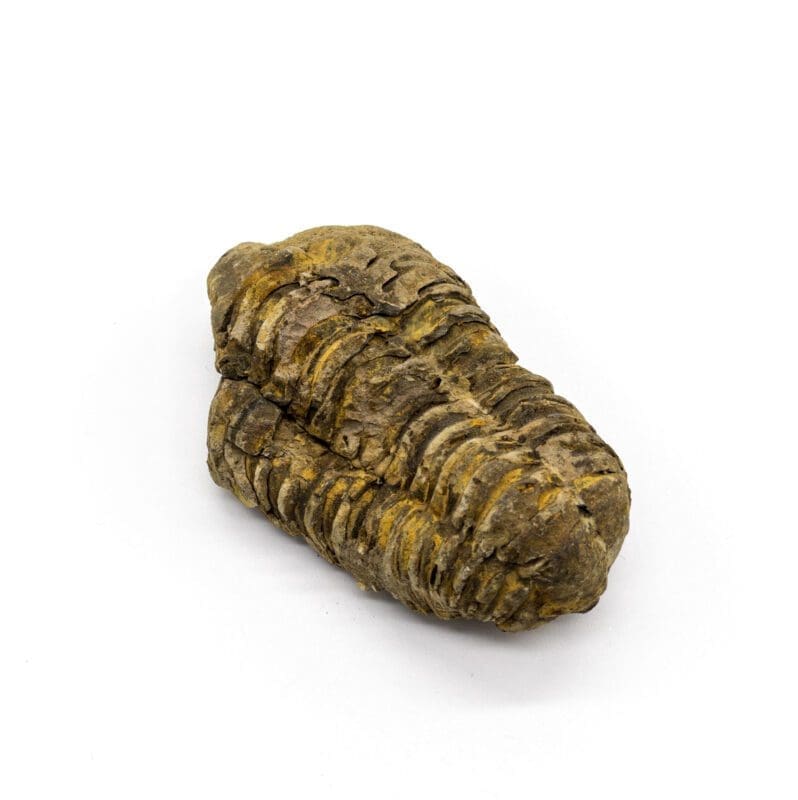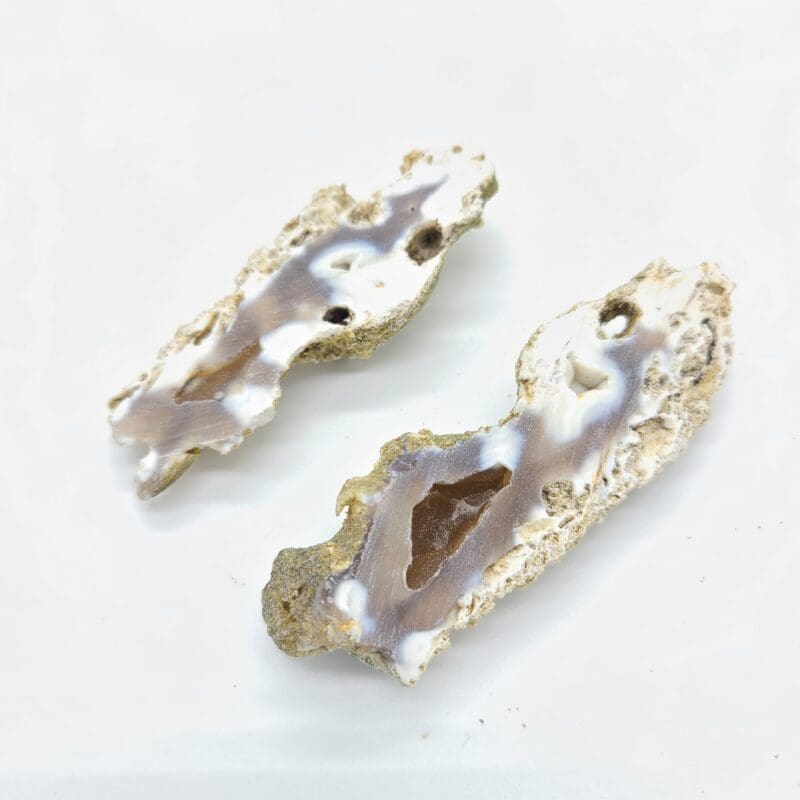Spencer Opal is a highly prized gemstone among crystal collectors due to its unique properties and stunning appearance. In this article, we will delve into the mining process, types, properties, and identification of Spencer Opal, as well as its use in jewelry.
Spencer Opal Mining
Spencer Opal is mined from the Opal Queen Mine in Spencer, Idaho. The mine is located in the southeastern part of the state and is known for producing high-quality opals. The mining process involves digging tunnels and drilling into the rock to extract the opal-bearing layers. The opals are then carefully extracted, sorted, and graded for quality.
Spencer Opal Properties
Spencer Opal is a type of precious opal that displays a play of color when viewed from different angles. The opal has a hardness of 5.5-6.5 on the Mohs scale and a specific gravity of 1.9-2.2. It has a vitreous to waxy luster and can range in color from white to pink, blue, green, and yellow. The opal’s play of color is due to the presence of silica spheres that diffract light, creating a range of colors.
Spencer Opal Types
There are several types of Spencer Opal, including white opal, pink opal, blue opal, and dendritic opal. White Spencer Opal is the most common and has a white to cream color with a play of color ranging from blue to green. Pink Spencer Opal has a pinkish hue with a play of color that ranges from pink to orange. Blue Spencer Opal has a blue to bluish-green color with a play of color that ranges from blue to green. Dendritic Spencer Opal has a white to cream color with black dendrite patterns.
How to Identify Spencer Opal
Identifying Spencer Opal can be challenging due to the many types and variations. However, there are some key features to look for, such as its play of color, hardness, and specific gravity. Spencer Opal also has a distinctive conchoidal fracture and can be identified by its waxy to vitreous luster. Additionally, it is important to note that Spencer Opal should not be confused with common opal, which does not display a play of color.
Spencer Opal Jewelry
Spencer Opal is a popular choice for jewelry due to its unique appearance and properties. The opal is often cut into cabochons, which are then set into pendants, earrings, and rings. The opal’s play of color makes it a versatile gemstone that can be paired with a variety of metals and settings. Spencer Opal jewelry is not only beautiful but also a great investment for collectors.
Conclusion
Spencer Opal is a stunning gemstone that is highly prized by crystal collectors and jewelry enthusiasts alike. The opal’s unique properties and play of color make it a one-of-a-kind gemstone that is a must-have for any collection. Whether you are a collector or simply appreciate its beauty, Spencer Opal is a gemstone that is sure to impress. From mining to identification and jewelry, Spencer Opal is a gemstone that is worth exploring.




